Sometimes we take it for granted that we all know what we mean when we use certain gardening terms.
I wouldn’t necessarily expect someone to know what I mean when I say a tree is cauliflorous, but we all know a perennial is a plant that lives for multiple years, and an annual is one that dies after a single growing season, right?

We link to vendors to help you find relevant products. If you buy from one of our links, we may earn a commission.
Basically, understanding the concept of an annual versus a perennial is as simple as that, but there’s a bit more to it than just lifespan.
And we haven’t even mentioned biennials or perennials grown as annuals yet. Or what about those plants that are actually annuals but act like perennials?
Nothing is ever simple in the world of botany, is it?
Some people will argue that one is better than the other, but both annuals and perennials have a place in the garden, depending on what your goals are.
An all-annual flower bed can be pretty exciting, but it might lack the varying textures that you’re aiming for.
Or an all-perennial plot will certainly offer some interesting variation, but it could be pretty bland for part of the year.
In this guide, we’ll talk about the differences and the evolutionary advantages of each type of plan, plus we’ll look at some of the outliers. Here’s what’s coming up:
What You’ll Learn
Whether you’re looking to create a garden that has all the right elements, or you just want some good information for your next trivia party, we’ve got you covered. Shall we dive in?
What Is an Annual?
These plants complete their entire life cycle in one growing season. That means they germinate, grow, and reproduce all in one year.
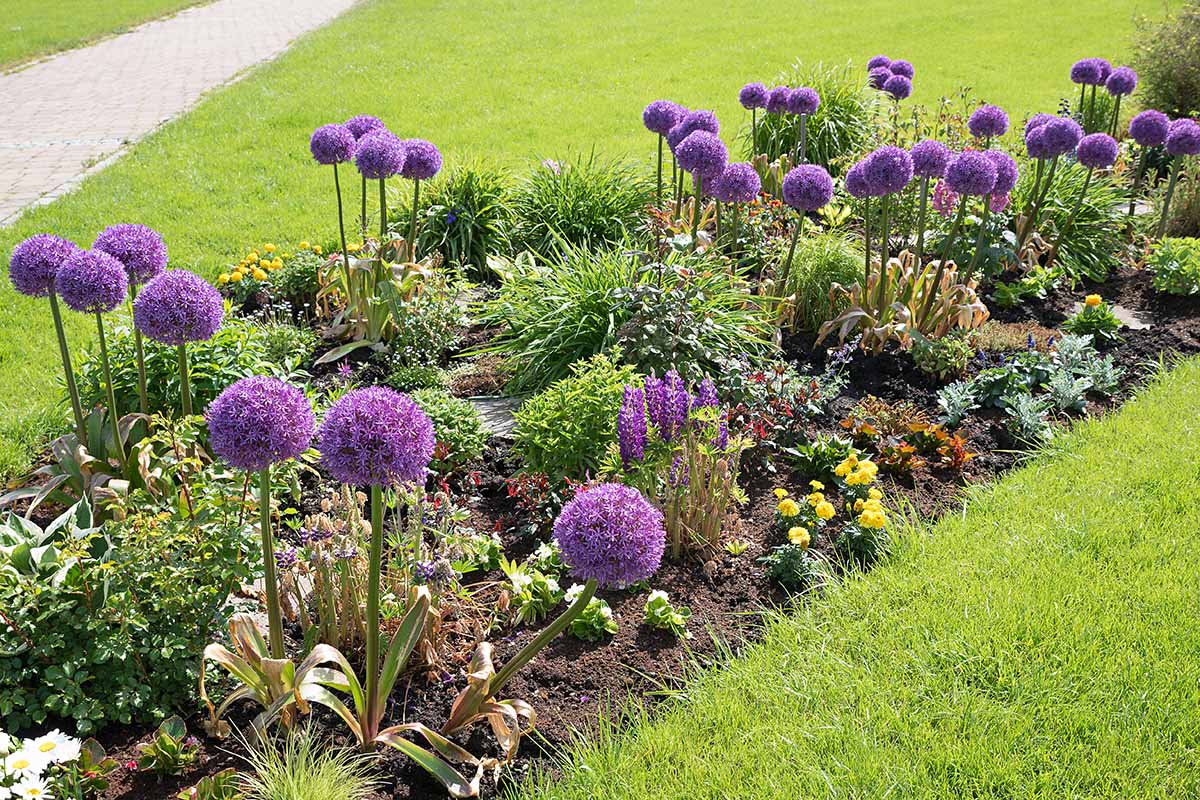
Many gardeners love them because they tend to have longer-lasting and showier flowers than their longer-lived cousins.
That’s because they don’t have to put all their effort into developing lasting root structures, stems, and leaves.
This makes sense from a reproductive standpoint. They put all their energy into their reproductive parts so they can pass on their genetic material.
Broadly speaking, the faster a plant puts out its reproductive material, the shorter its lifespan.
There are two subtypes of plants that live and die within a single year:
Most of us are familiar with summer annuals, which are plants that germinate in the spring and are gone before winter.
Winter types are those that germinate in the fall and are done by the next spring.

Annuals don’t develop a woody stem or trunk. They’re herbaceous, and the only way they spread is through the seeds they develop. Most are self-fertile.
While the herbaceous parts of the plant will die at the end of the season, many deposit what is known as a “seed bank” that won’t germinate all in one year. That means one seed bank can produce plants for decades to come
Most vegetables that we grow in our gardens are annuals or biennials.
These short-lived plants require less maintenance than longer-lived plants, but that’s balanced out by the amount of work it takes each year to plant and remove them.
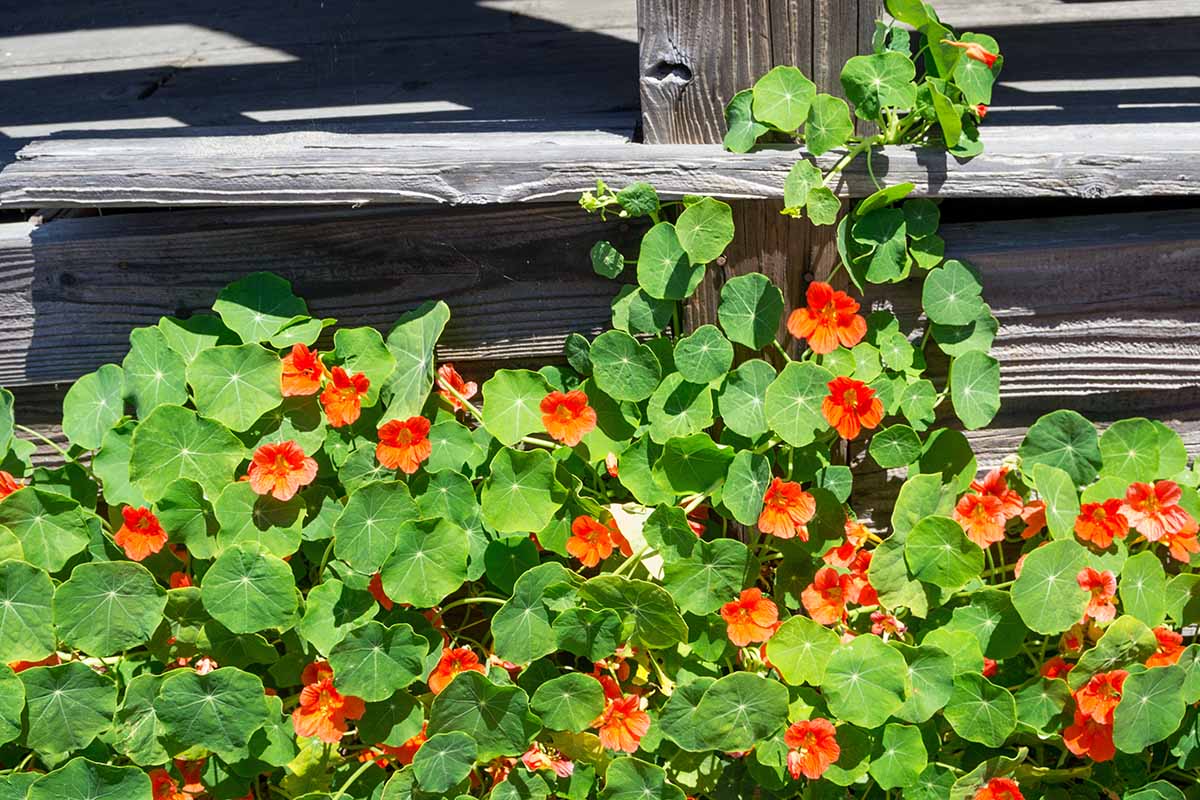
Some annuals need deadheading to keep flowering, but others, like impatiens and begonias, will flower without any attention.
If you want something that will add color from spring through fall, check out sweet alyssum, celosia, sweet peas, most marigolds, nasturtiums, and cosmos.
See our roundups of and the best annuals for late summer color and the best for vivid fall color as well.
What Is a Perennial?
Perennials are those plants that take more than one year to complete their life cycle. These can be extremely long-lived, like bristlecone pines, which live thousands of years.
Then there are short-lived types like columbine, delphinium, lupine, mallow, nicotiana, and yarrow, which will only live about five years.
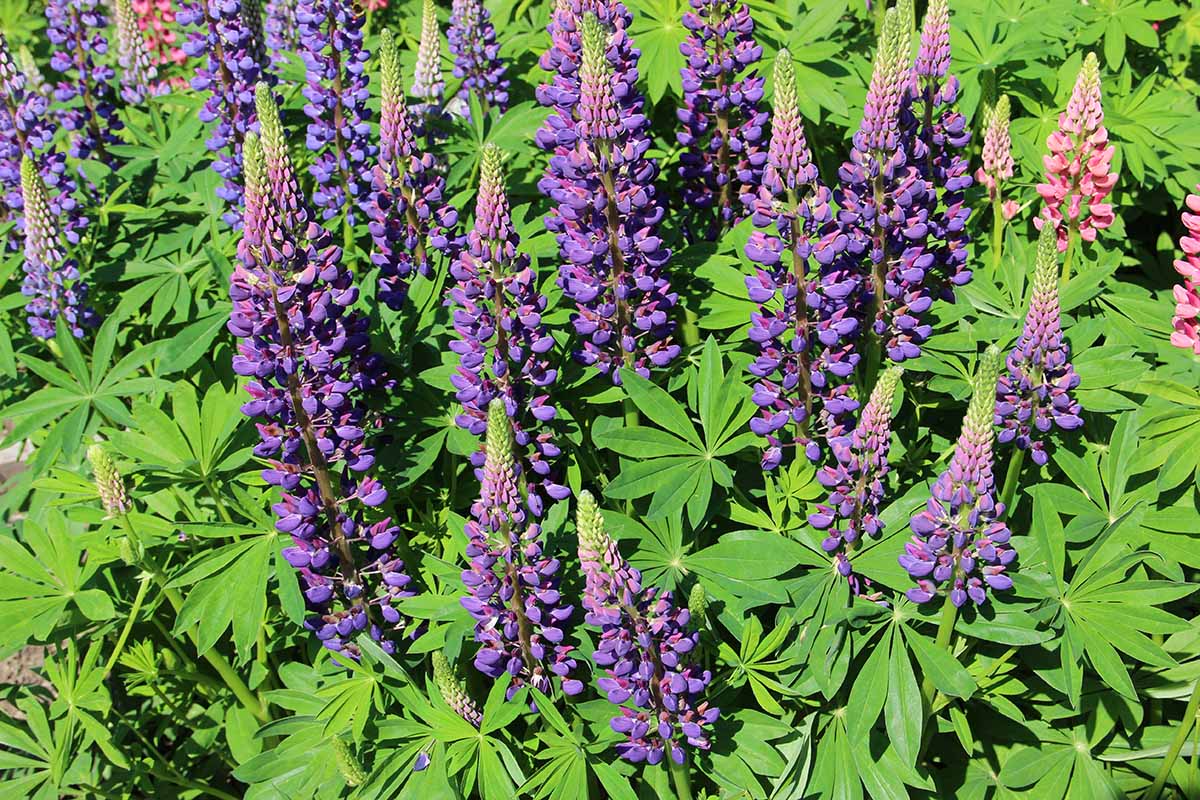
These plants usually have flowers that last for a shorter period of time than annuals, and the plants can be herbaceous or woody.
Herbaceous types die back to the ground each year and emerge again the next growing season from the same root system. Woody types either drop their leaves or they are evergreen with woody stems, trunks, and branches.
Very few perennials bloom for longer than a few weeks, meaning you’d better like their appearance when they’re not in bloom because that’s what you’ll be seeing for the most part.
Roses, snapdragons, and geraniums are some of the exceptions – they’re some of the few that can bloom from spring through fall.

These types of plants can reproduce through spreading roots, stolons, and seeds, and the majority are dioecious, meaning they can’t fertilize themselves. Find our guide to the best self-seeding perennials here.
The vast majority are iteroparous, meaning they have multiple reproductive cycles over their lifespan. Some, like agave and ragwort, show semelparity, which means they only have one reproductive cycle but live for years.
Perennials take up a majority of the landmass worldwide compared to annuals and are better for the environment, but annuals are planted on two-thirds of all cultivated land.
If you’re looking for some options, there are perennials available that bloom during each month of the year, depending on where you live.
Hellebores offer winter color, bulbs like tulips and daffodils flower in early spring, peonies and clematis have you covered in late spring, and coneflowers color the summer.
Chrysanthemums and dahlias pick up in the dog days and last through early fall.
What About Biennials?
Biennials are a special category. They are plants that need exactly two years to complete their life cycle.
They spend the first year becoming established, and then they send out flowers and seeds the following year. After the plant goes to seed, it dies and completes its life cycle.
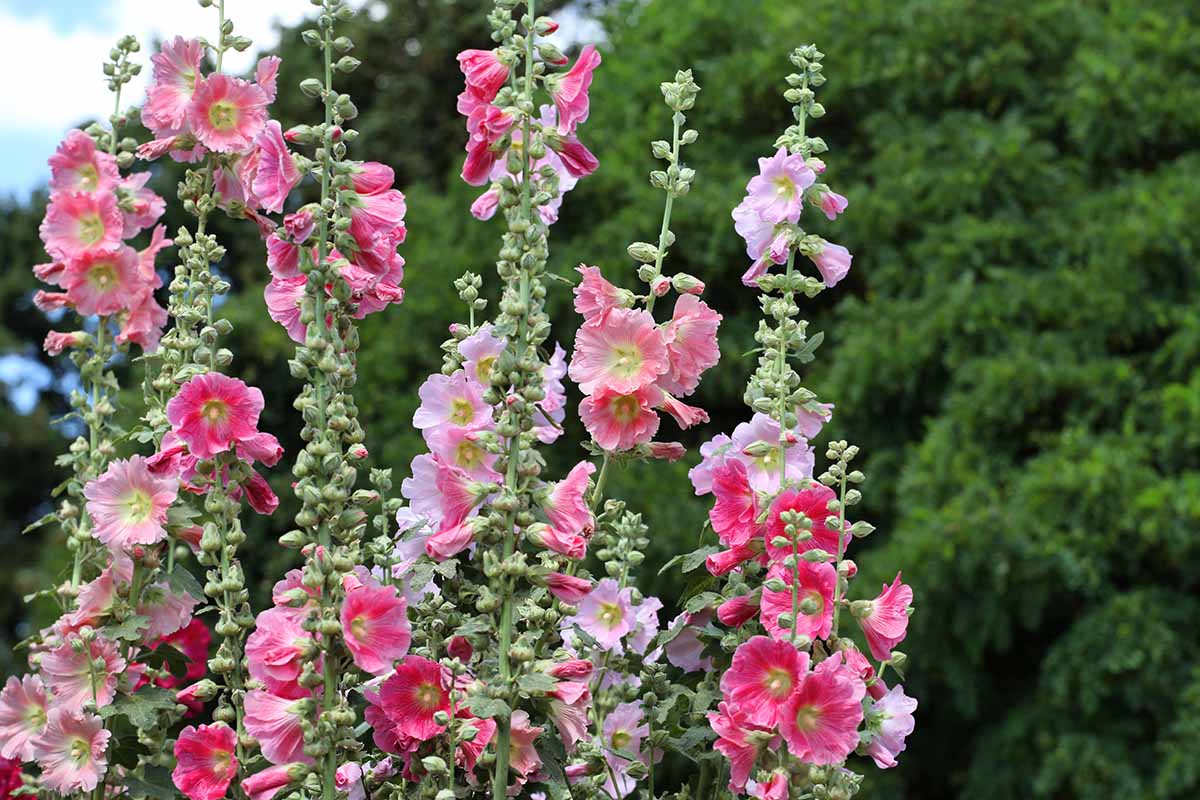
These plants emerge in the spring, die back in the winter, and return again the following spring.
Many brassicas are biennials, as are foxgloves, hollyhocks, and black-eyed Susans.
Plants that Cross Boundaries
Some plants seem to defy categorization. Technically, they’re truly annuals or perennials, but they sure don’t act like it.
There are some annual species out there that reproduce so consistently that most people assume they’re perennials.
Nasturtiums are like that. You plant them once, and they come back every single year like clockwork – so they must be perennials, right? Nope, botanically, they’re annuals. They just reseed themselves reliably.
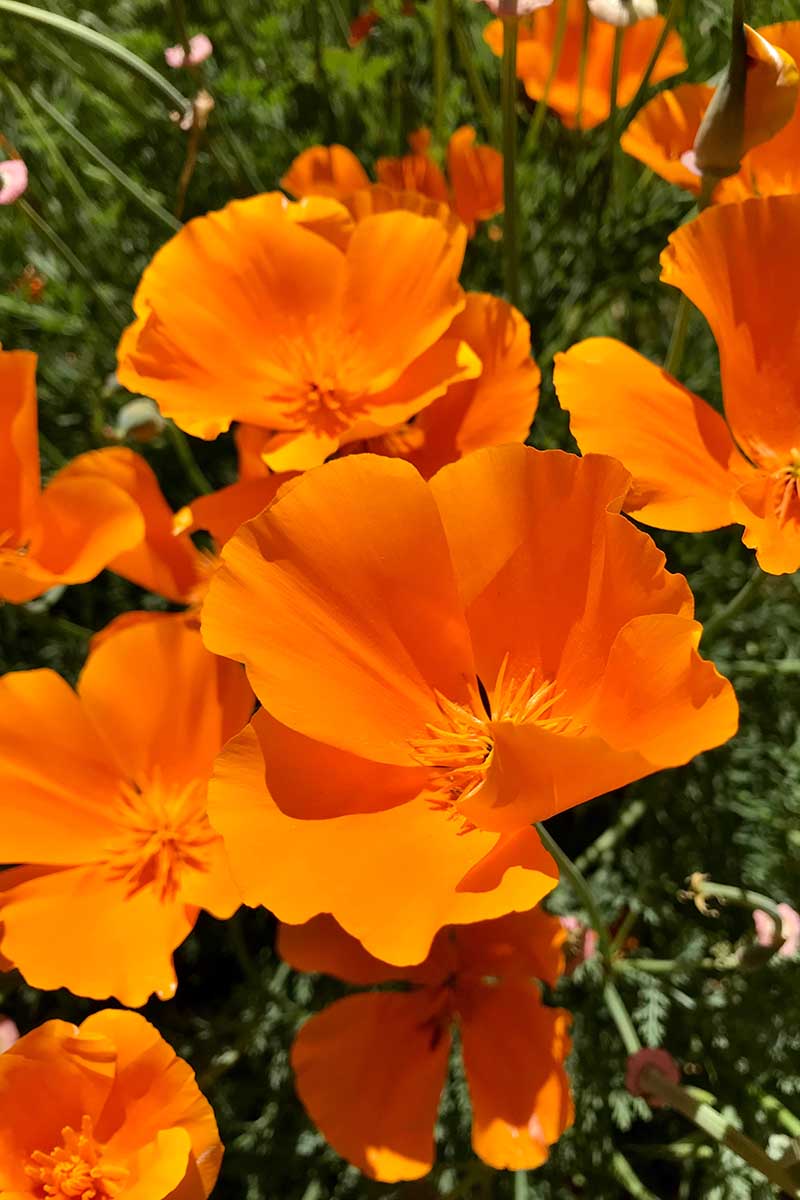
So do sweet alyssum and California poppies. Some reproduce too well, becoming invasive, or at least unwelcome. Cosmos and many grasses are like that.
Then there are those that we grow for just one year, but they’re actually perennials.
Pansies, petunias, geraniums, and morning glory are all botanically perennials in warm climates, but we grow them as annuals in cooler climates since the roots won’t survive the chilly winter.
Sometimes referred to as tender perennials, many of these can be overwintered indoors if you want to keep them around.
Some of our favorite long-blooming “annuals” are actually perennials. Again, this misperception depends in large part on the climate in which they’re planted.
Angelonia, pansies, Gerbera daisies, dianthus, snapdragons, primroses, fuchsias, and petunias all fit in this category.
Then there are the species of plants, like rice, daisies, and phlox, which have changed from annuals to perennials or visa-versa over millennia.
Some species even have individual plants that can be either, with variation from one to the next.
Which Is Better?
Things are rarely black or white in botany and in life, and what fun would it be if they were?
Knowing whether a plant will stick around year after year is never a guarantee that it will return next spring. Nor does one being defined as an annual guarantee that it won’t be back.
The bottom line is that neither is technically better. It just depends on what you’re looking for from your plants.
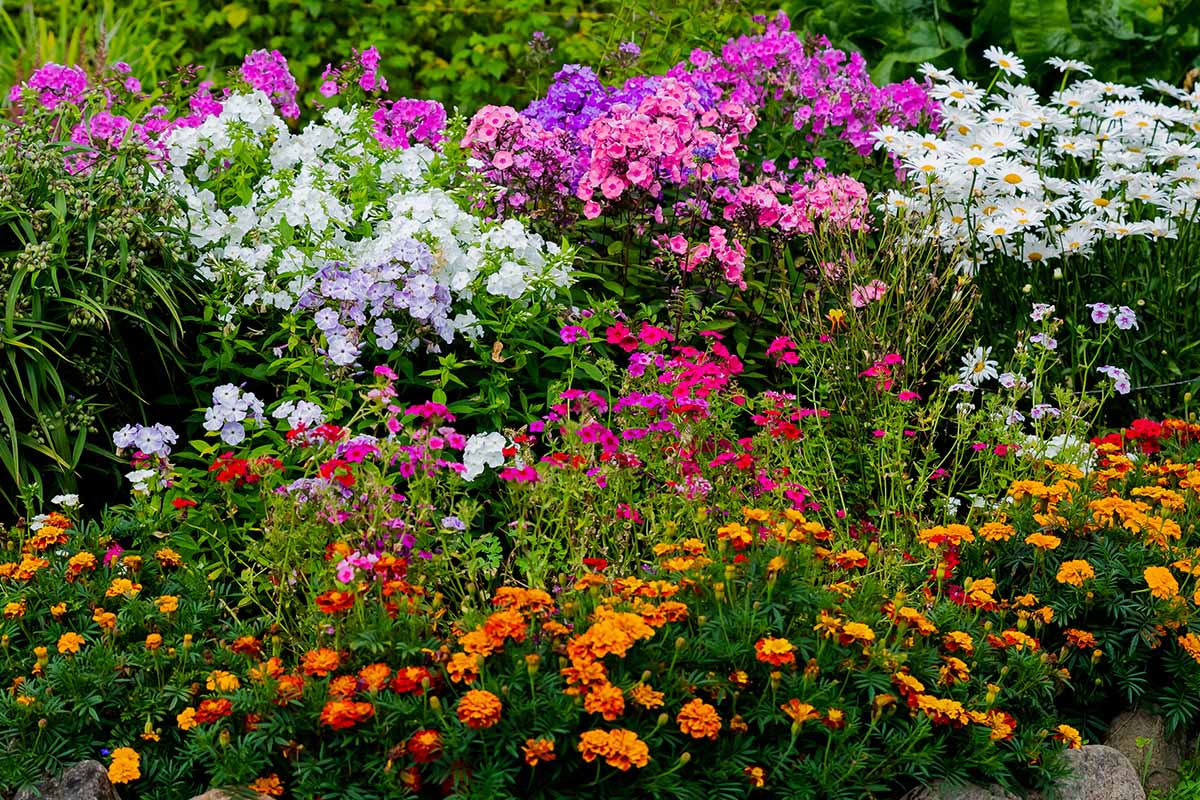
Do you want color that lasts from spring until fall? Annuals are probably your best bet.
Want something bigger that you don’t have to replace every year? Perennials are your friend.
Most of us end up using some of both in our gardens. Some annuals for long-lasting color, some herbaceous perennials for greenery, and maybe some woody types for height. What do you prefer? Let us know how you use them in the comments.
Ready to learn a little more about annuals and perennial plants? We have some articles that might be right up your alley: